Forums
- Forums
- Duggy's Reference Hangar
- USAAF / USN Library
- Douglas Dolphin
Douglas Dolphin
Post a reply
- Go to Previous topic
- Go to Next topic
- Go to Welcome
- Go to Introduce Yourself
- Go to General Discussion
- Go to Screenshots, Images and Videos
- Go to Off topic
- Go to Works in Progress
- Go to Skinning Tips / Tutorials
- Go to Skin Requests
- Go to IJAAF Library
- Go to Luftwaffe Library
- Go to RAF Library
- Go to USAAF / USN Library
- Go to Misc Library
- Go to The Ops Room
- Go to Made in Germany
- Go to Campaigns and Missions
- Go to Works in Progress
- Go to Juri's Air-Raid Shelter
- Go to Campaigns and Missions
- Go to Works in Progress
- Go to Skinpacks
- Go to External Projects Discussion
- Go to Books & Resources
-
11 years agoSun Oct 30 2022, 03:06pmDuggy
 Main AdminDesign and development
Main AdminDesign and development
The Dolphin originated in 1930 as the "Sinbad," a pure flying boat without wheels. The Sinbad was intended as a luxurious flying yacht. Undaunted by the lack of demand, Douglas improved the Sinbad in 1931 so that it was amphibious, and could land on water or land. The improved aircraft was named "Dolphin", however this did not represent the end of development, as many detail improvements were made, including an increase in the length of over a foot and several changes were made to the empennage, engine nacelles and wings. The Great Depression had curtailed demand for such extravagance as a "flying yacht", but Douglas managed to interest the United States Coast Guard who not only bought the Sinbad, but 12 Dolphins.
Operational history
The first two were purchased by Wilmington-Catalina Airlines to fly passengers between Los Angeles and Santa Catalina Island, becoming the first successful Douglas airliners. Subsequent examples were ordered by the United States Navy and U.S. Coast Guard for use as transports and search and rescue craft. The U.S. Army Air Corps ordered several under the designations C-21, C-26, and C-29. Many were eventually ordered for their original purpose as luxury transports. Owners included William Boeing, the founder of the Boeing Company, and Philip K. Wrigley, the son of the founder of the Wm. Wrigley Jr. Company. William K. Vanderbilt bought two with custom interiors for use from the Vanderbilt yacht Alva as flying tenders.
One was procured by the U.S. Navy as a transport for President Franklin D. Roosevelt. Although never used by Roosevelt, this was the first aircraft procured to provide transportation for the President of the United States.
In 1933, landing in heavy seas, the USCG RD-4 undertook some rescues of merchant sailors at sea, feats that made spectacular news reports, enthralling the American public.
Douglas Sinbad
The original prototype built as a flying boat, intended to be a luxurious flying yacht, first flown in July 1930. No orders were received for the Sinbad which was eventually bought by the U.S. Coast Guard.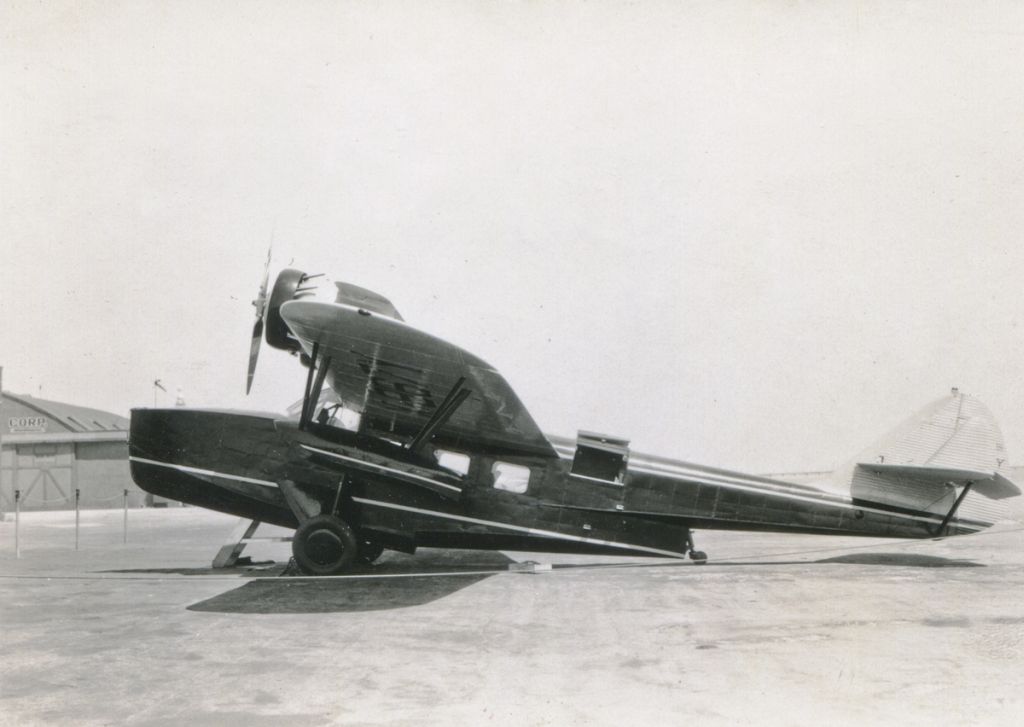
Dolphin Model 1
The initial two Dolphins built for the Wilmington-Catalina Airline Ltd. as six-seat airliners.
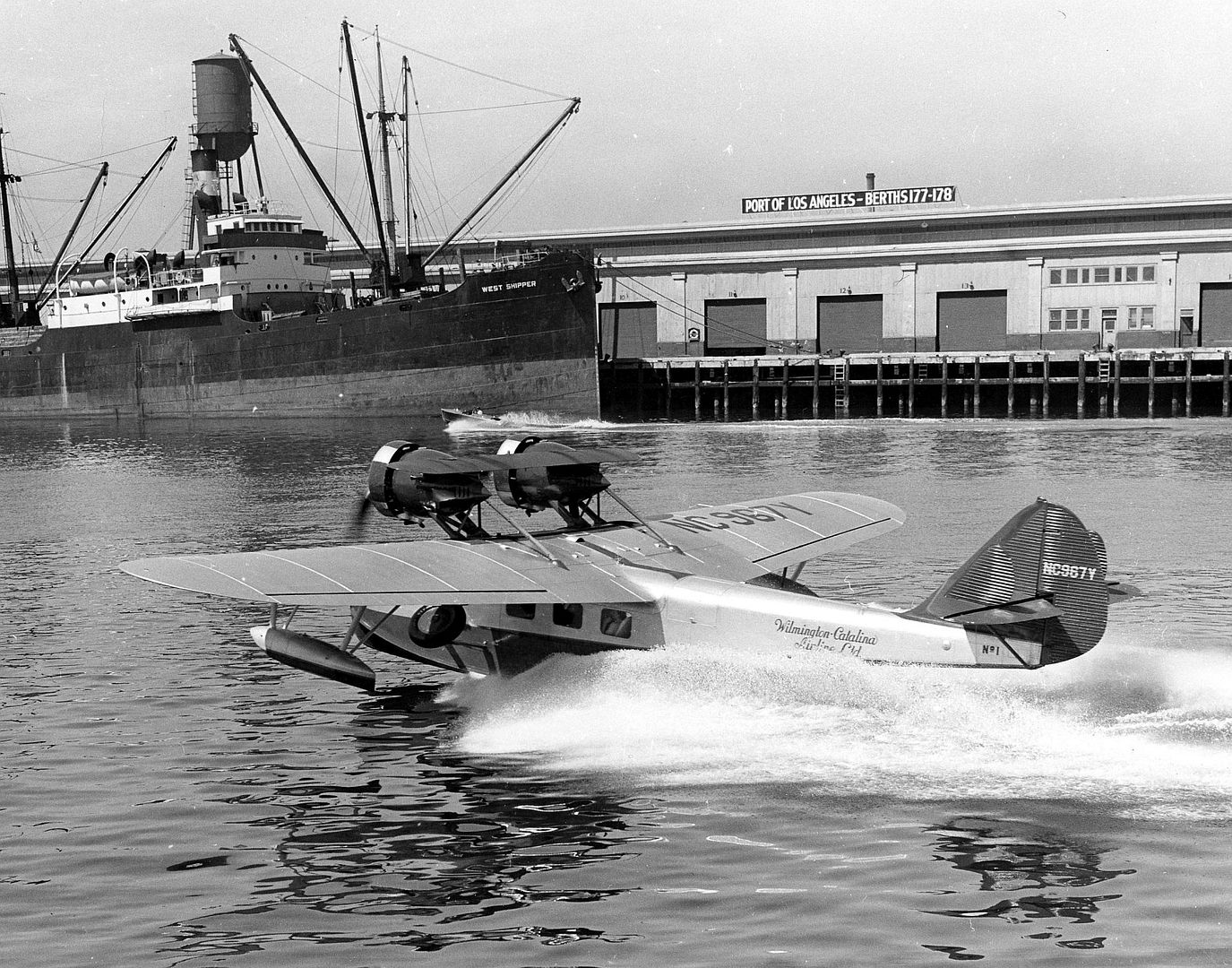
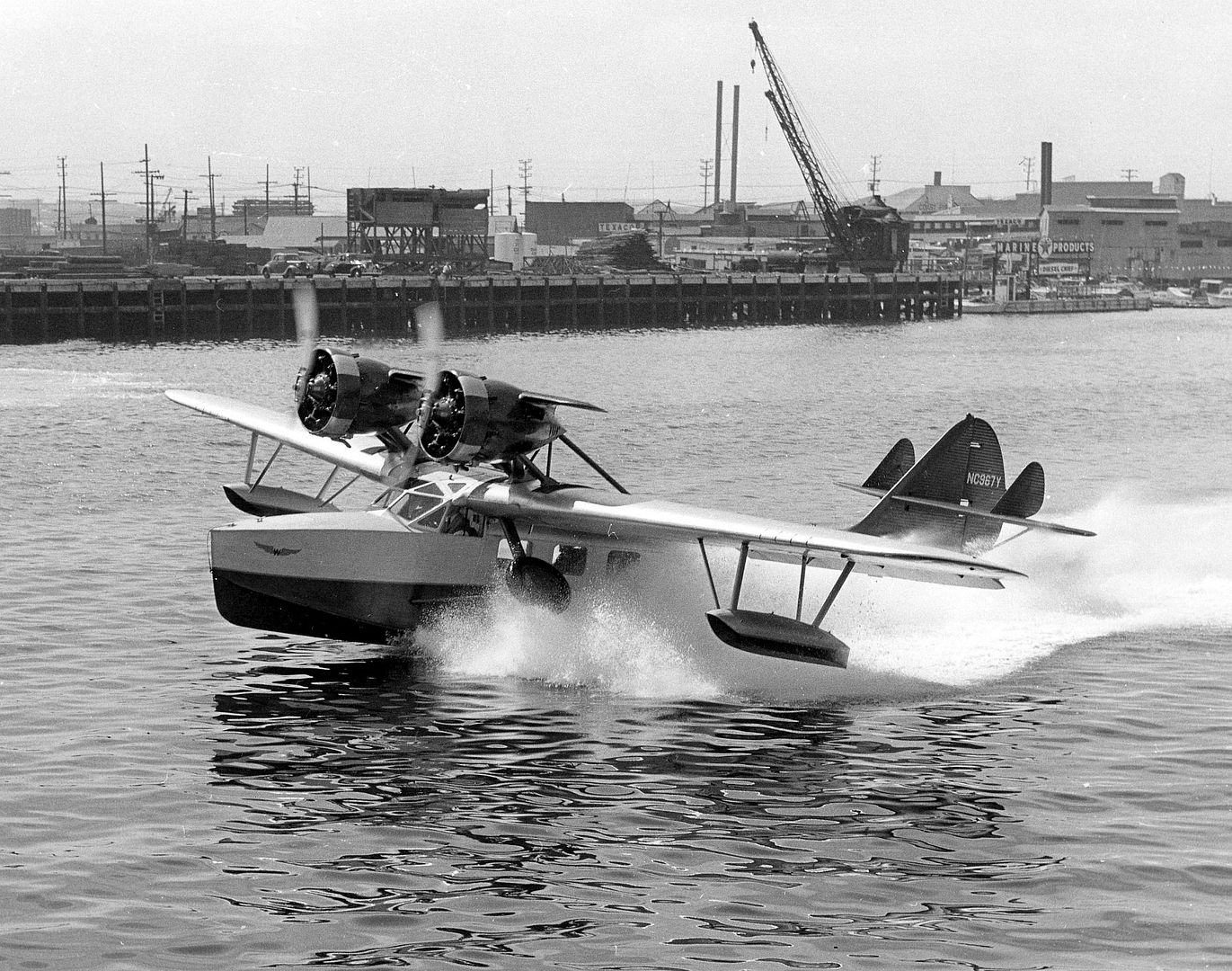
Dolphin Model 1 Special
The Model 1s redesignated after modification to seat eight passengers.
Dolphin Model 3
The third commercial Dolphin built as a luxury transport named Lesgo with seats for two crew and four passengers for Powell Crosley Jr., powered by 2x 300 hp (224 kW) Pratt & Whitney Wasp Junior A engines. Later impressed into the RAAF as A35-3.
Dolphin 113
One aircraft named Jade Blanc V for French clothing manufacturer Armand Esders (who also owned a Bugatti Royale) similar to the RD-4, powered by 2x 550 hp (410 kW) Pratt & Whitney R-1340-S1H1 Wasp engines.
Dolphin 114
A single Dolphin built to order for Philip K. Wrigley, powered by 2x 450 hp (336 kW) Pratt & Whitney Wasp SC1 engines.
Dolphin 116
One aircraft for the Armada Argentina (Argentine Navy), powered by 2x 450 hp (336 kW) P&W R-1340-96.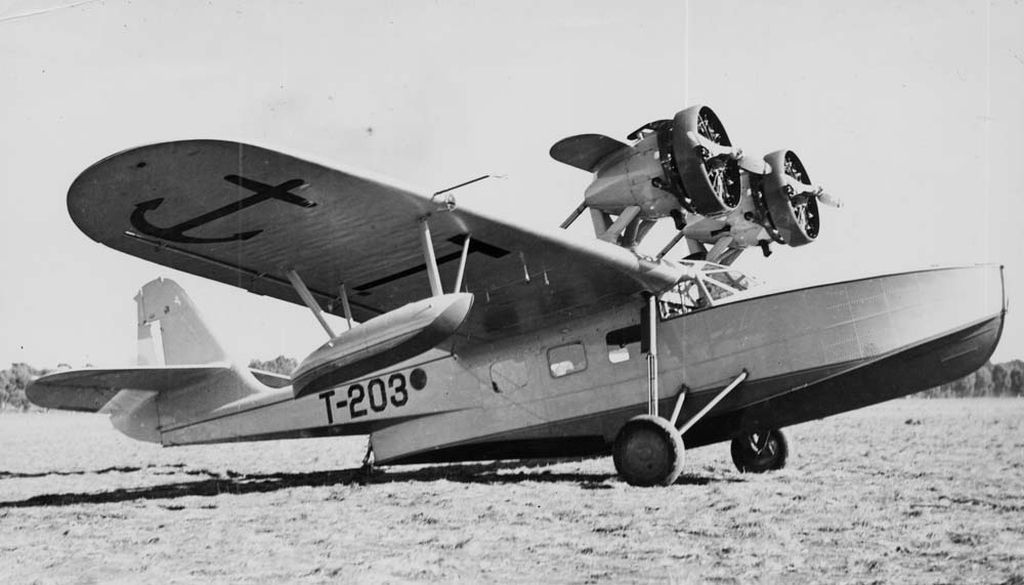
Dolphin 117
One aircraft initially named Rover, bought by William E. Boeing, which ended up in CAA (forerunner of the current Federal Aviation Administration) service. Sole surviving example, painted in USCG markings.
Dolphin 119
Two aircraft built for A.G. Vanderbilt II and W.K. Vanderbilt II and operated from the yacht Alva. One of the two (which is unknown) joined the RAAF as A35-2.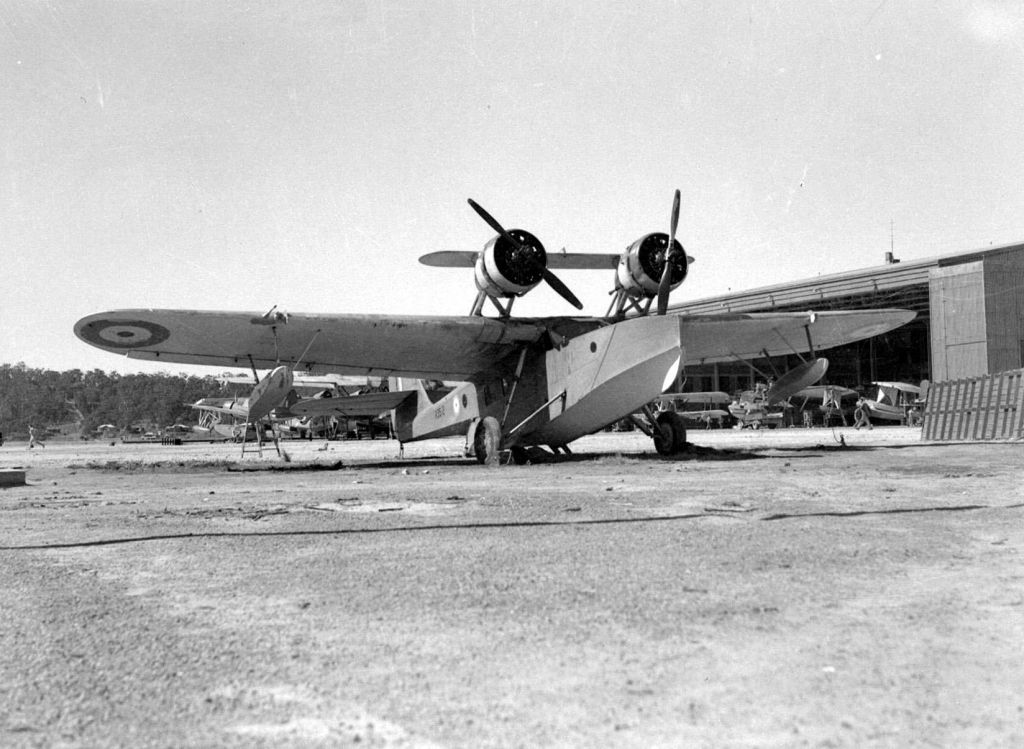
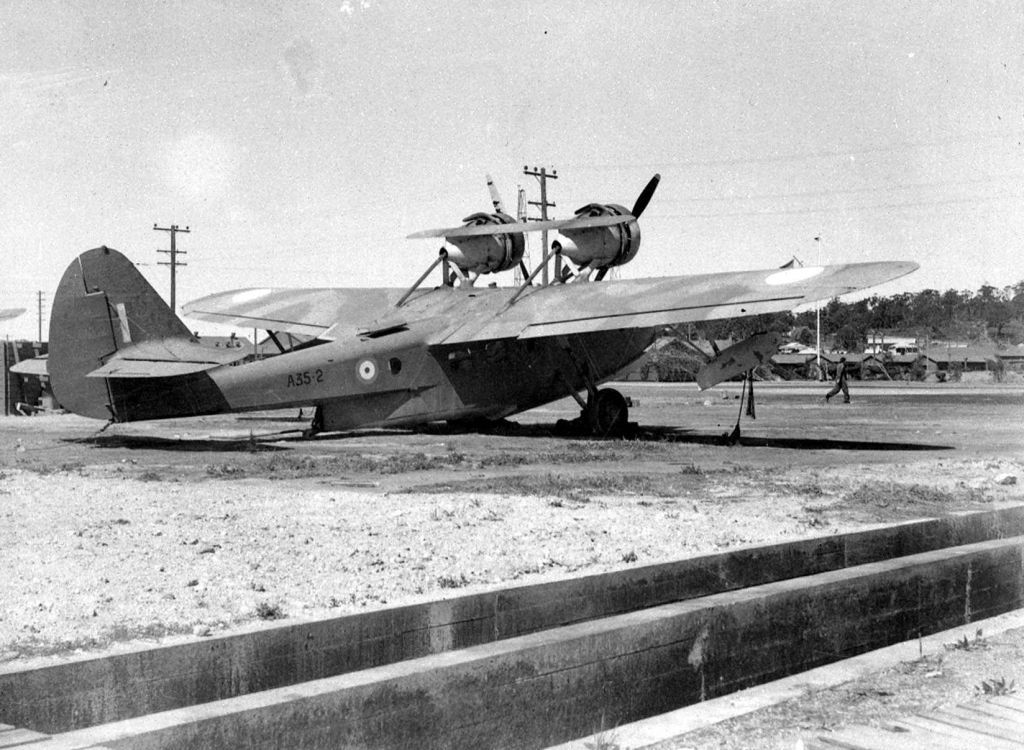
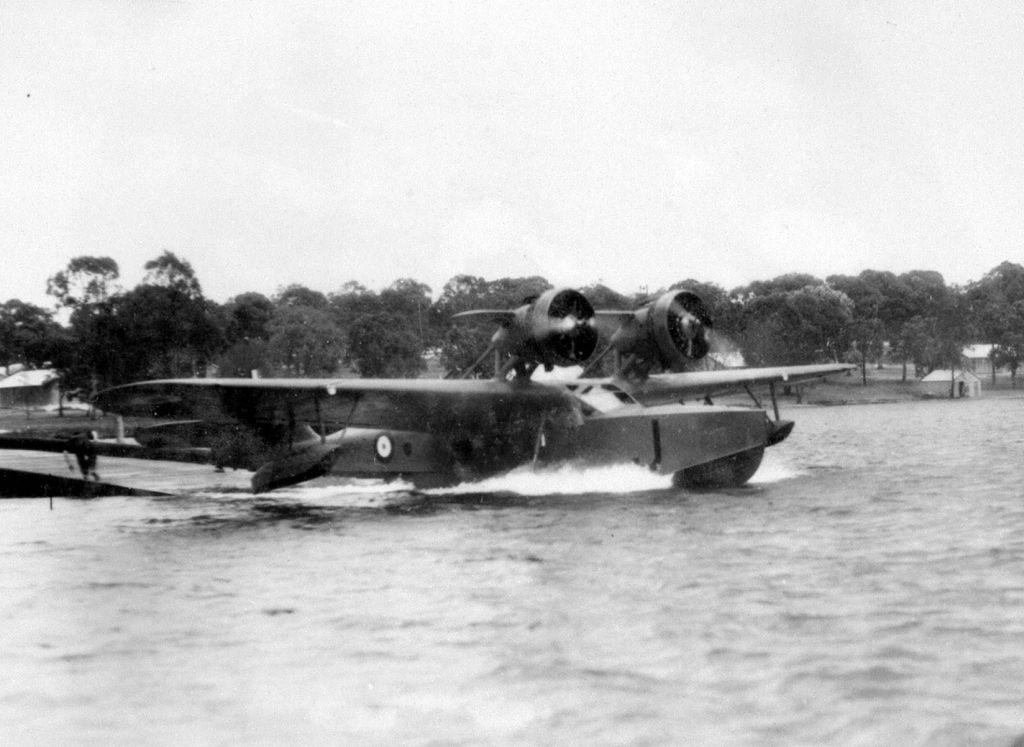
Dolphin 129
Two aircraft ordered by Pan American Airways for its subsidiary (at that time) China National Aviation Corporation, powered by 2x 450 hp (336 kW) Pratt & Whitney Wasp S3D1 engines. One crashed in heavy seas and the other was destroyed during or shortly after the Japanese invasion of China.
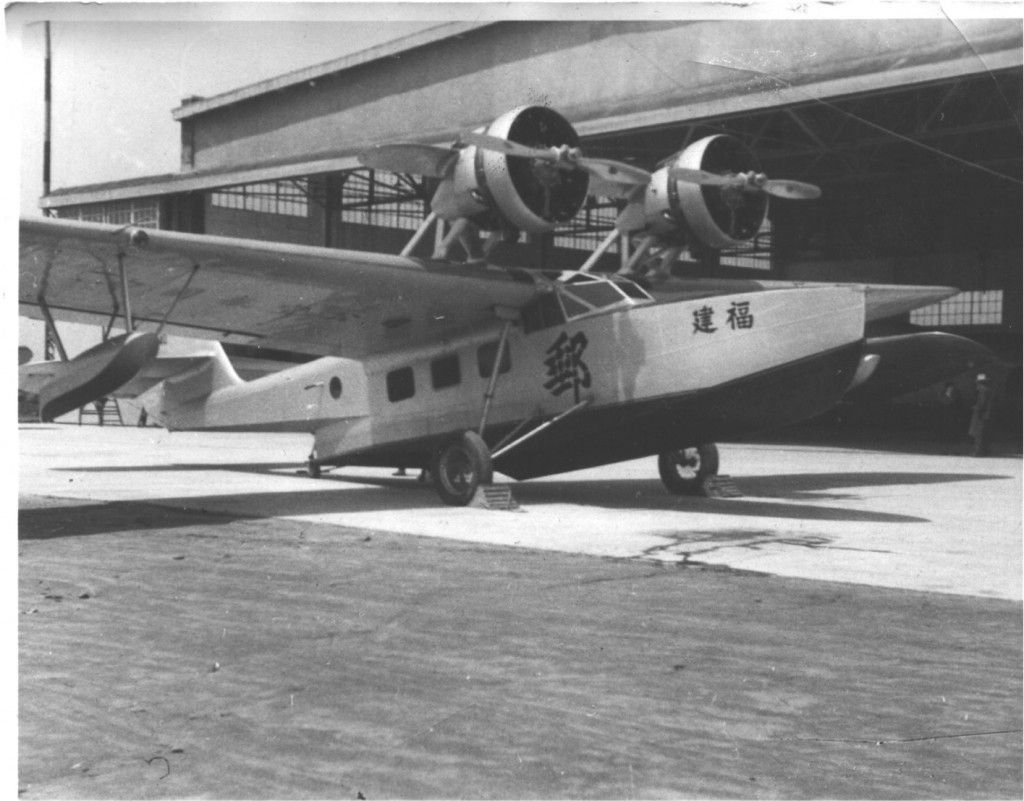
Dolphin 136
A single Dolphin, powered by 2x 450 hp (336 kW) Pratt & Whitney Wasp Junior SB engines, ordered by Standard Oil and later impressed by the RAAF as A35-1.
FP-1
Several C-21 aircraft loaned to the U.S. Treasury Department for border patrols during Prohibition.
FP-2
The two Y1C-26 Dolphins during a brief attachment to the U.S. Treasury Department.
FP-2A
The designation used by those Y1C-26A aircraft that were attached to the U.S. Treasury Department.
FP-2B
The two C-29s when in use by the U.S. Treasury Department.
RD-1
One aircraft, powered by 2x 435 hp (324 kW) Wright R-975E radial engines, operated by the U.S. Navy.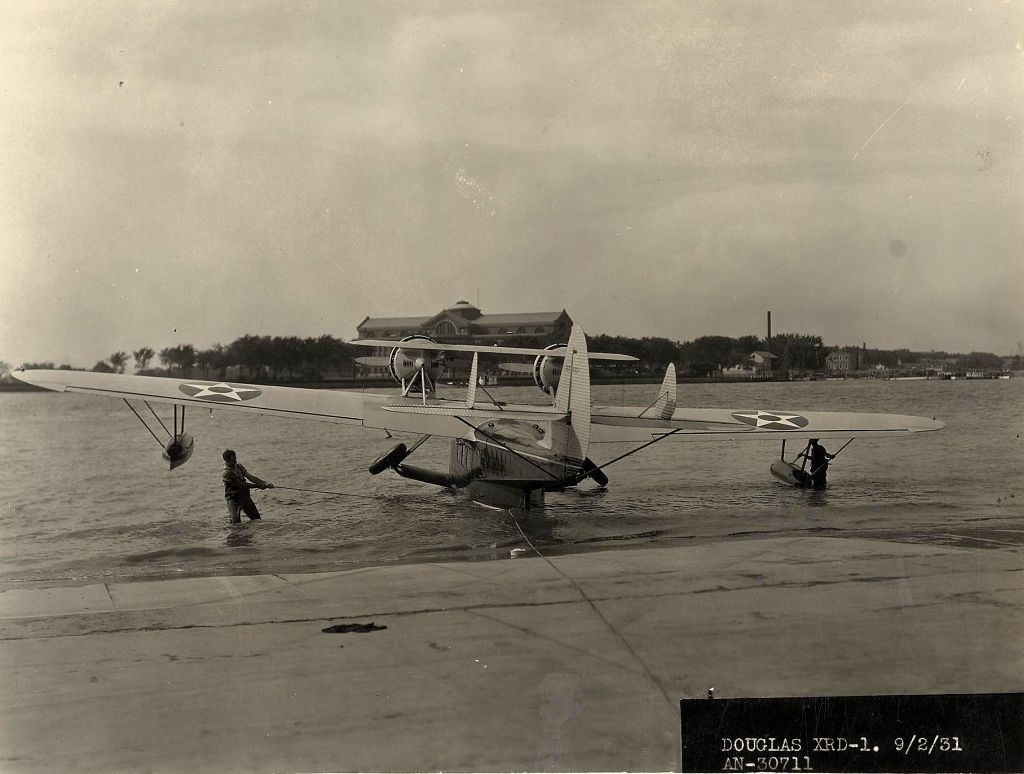
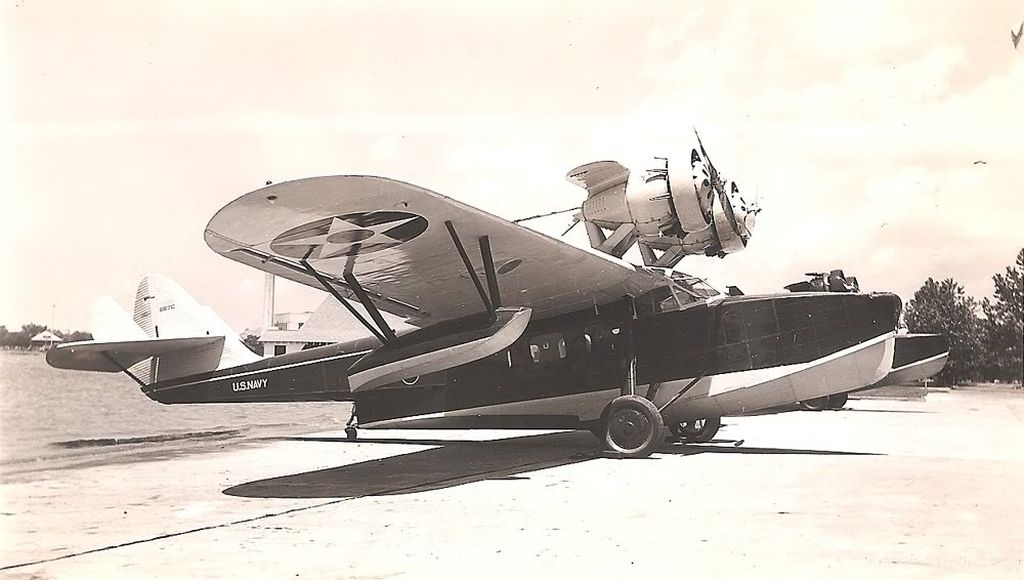
RD-2
Four Dolphin aircraft of two distinct types. One Aircraft similar to the Y1C-21 and powered by 2x 500 hp (373 kW) Pratt & Whitney R-1340-10 engines, for the U.S. Coast Guard. Two were U.S. Navy VIP staff transports similar to the Y1C-26 powered by 2x 450 hp (336 kW) Pratt & Whitney R-1340-96 engines. The final aircraft was completed for the U.S. Navy as the first presidential aircraft, for Franklin D. Roosevelt, powered initially by 2x 410 hp (306 kW) Pratt & Whitney R-1340-1 engines and later by 2x 500 hp (373 kW) Pratt & Whitney R-1340-10 engines, seating five though it was reportedly never used by the President.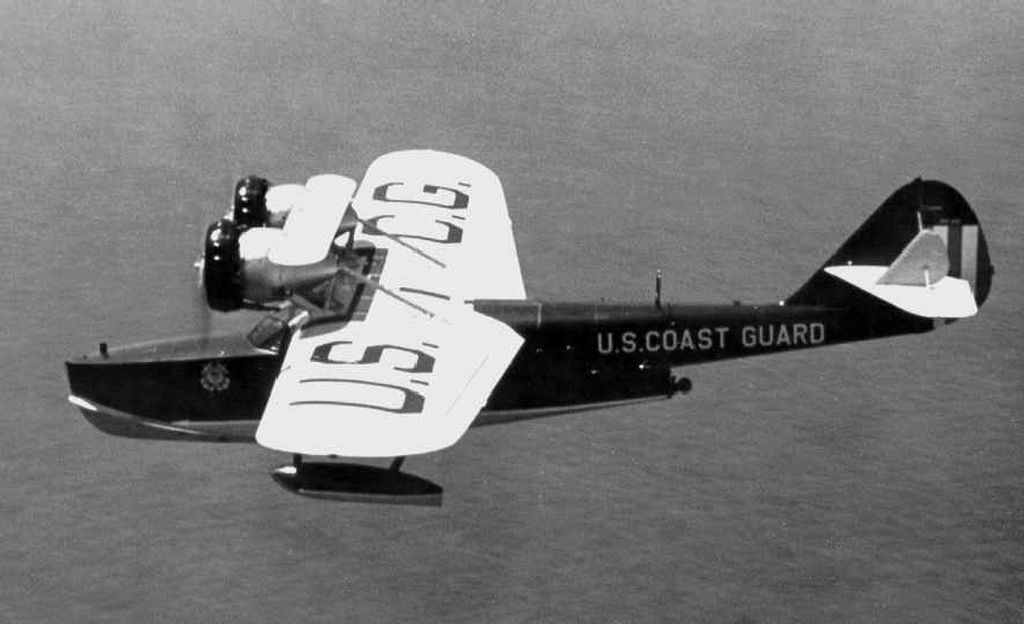

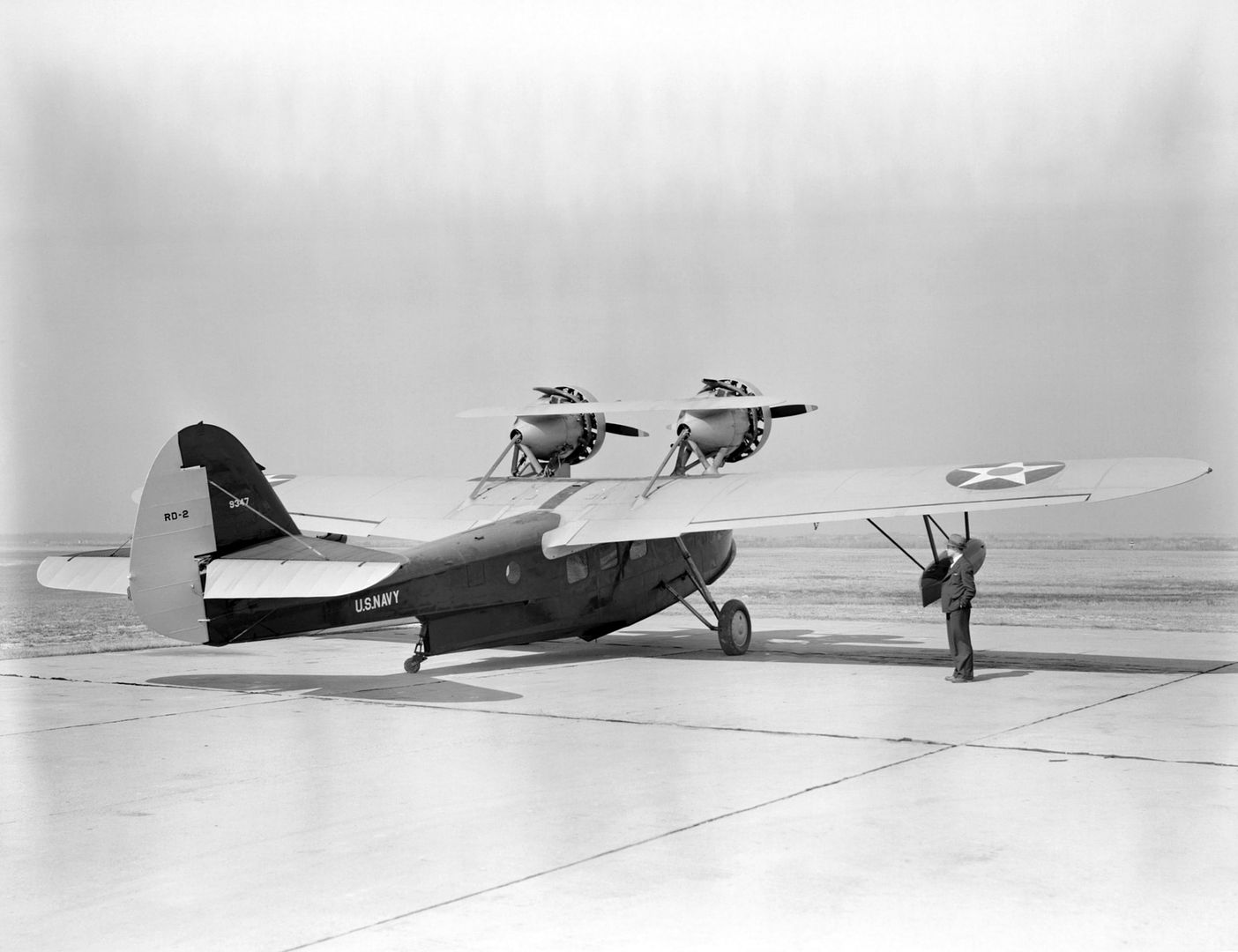
RD-3
A utility transport version of the RD-2, six of which were built for the U.S. Navy, powered by 2x 500 hp (373 kW) Pratt & Whitney R-1340-4 or by 2x 500 hp (373 kW) Pratt & Whitney R-1340-96 engines.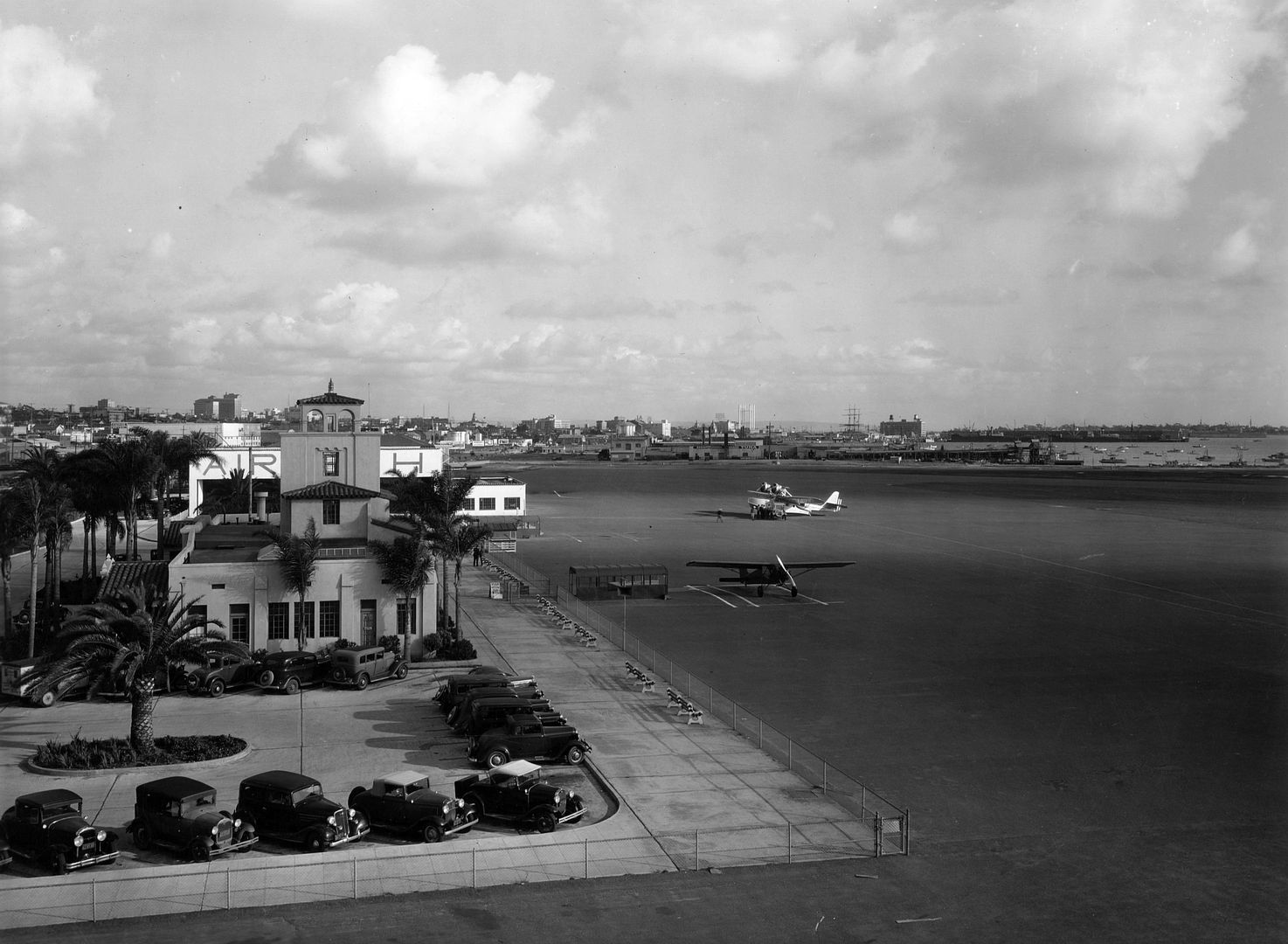
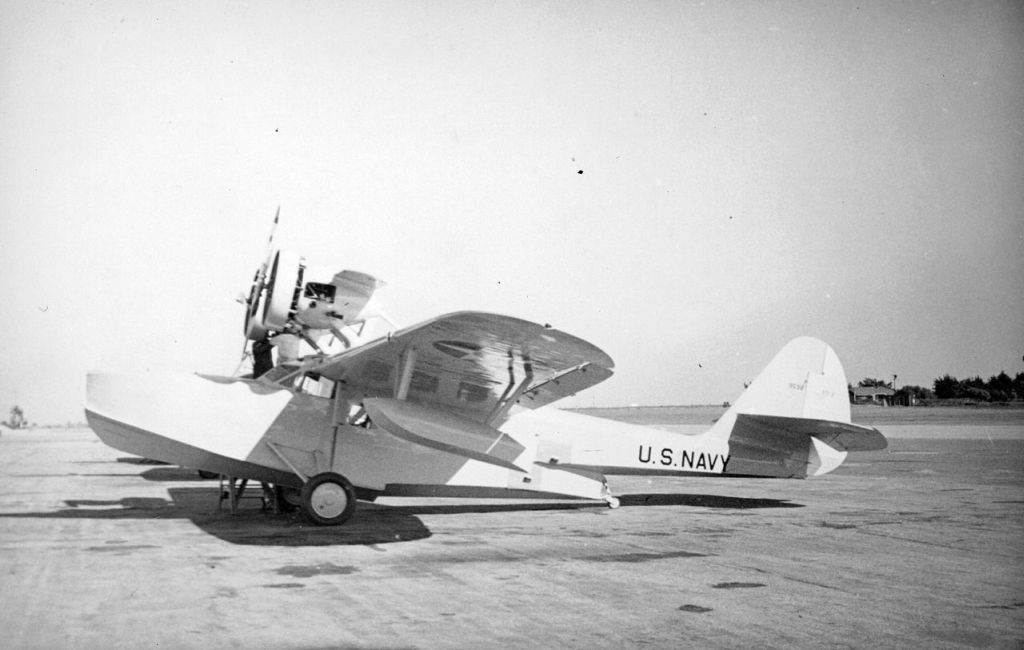
RD-4
Ten aircraft for the U.S. Coast Guard, powered by 2x 420 hp (313 kW) Pratt & Whitney Wasp C1 engines.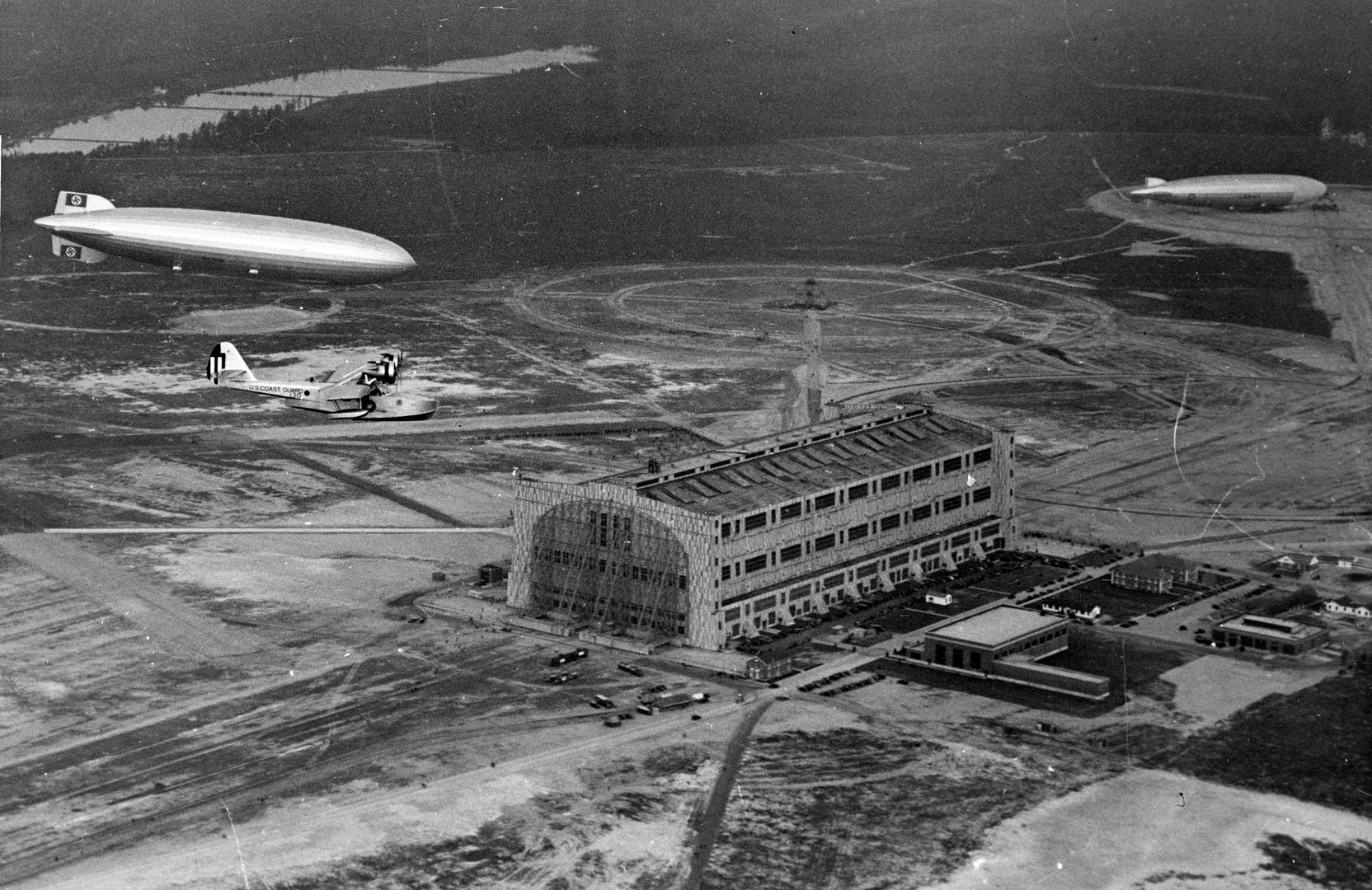
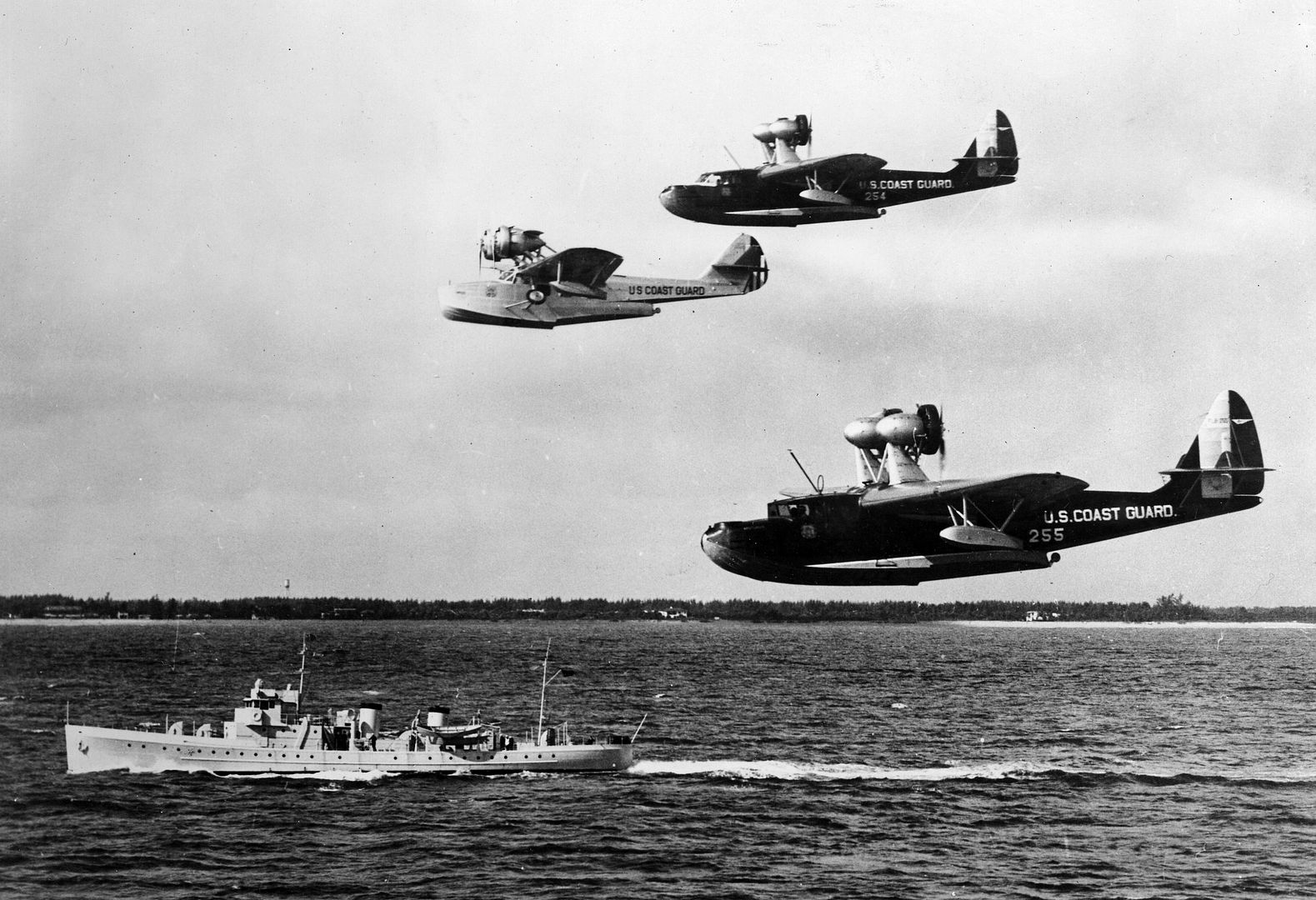
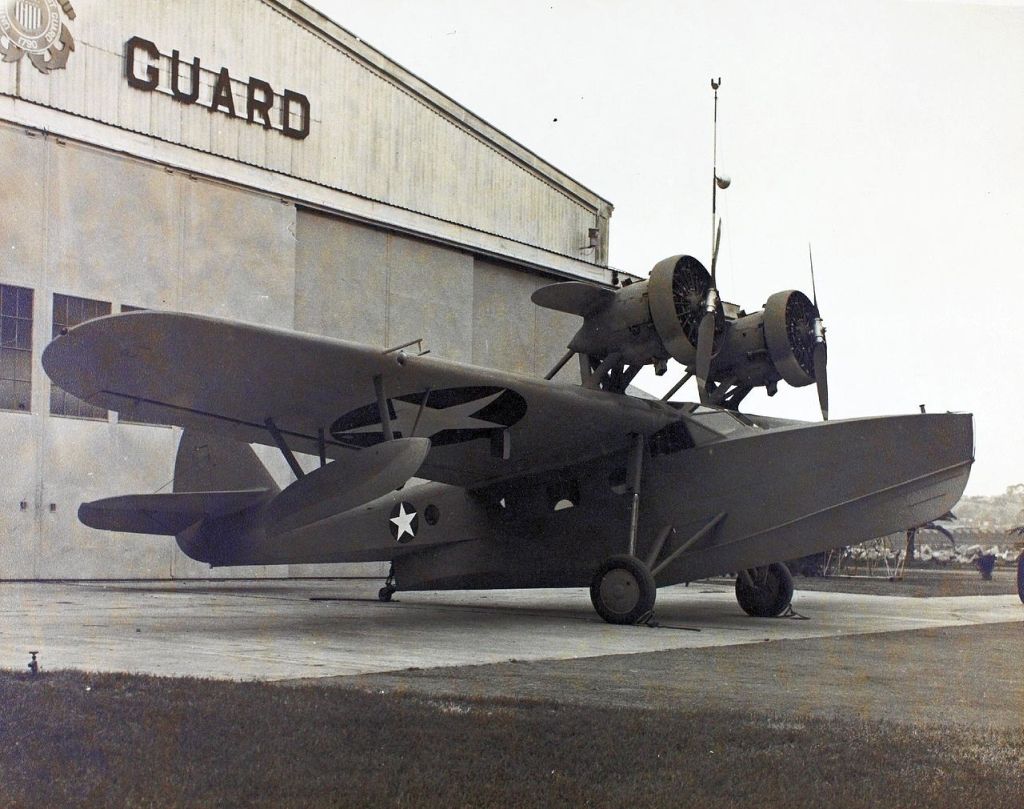
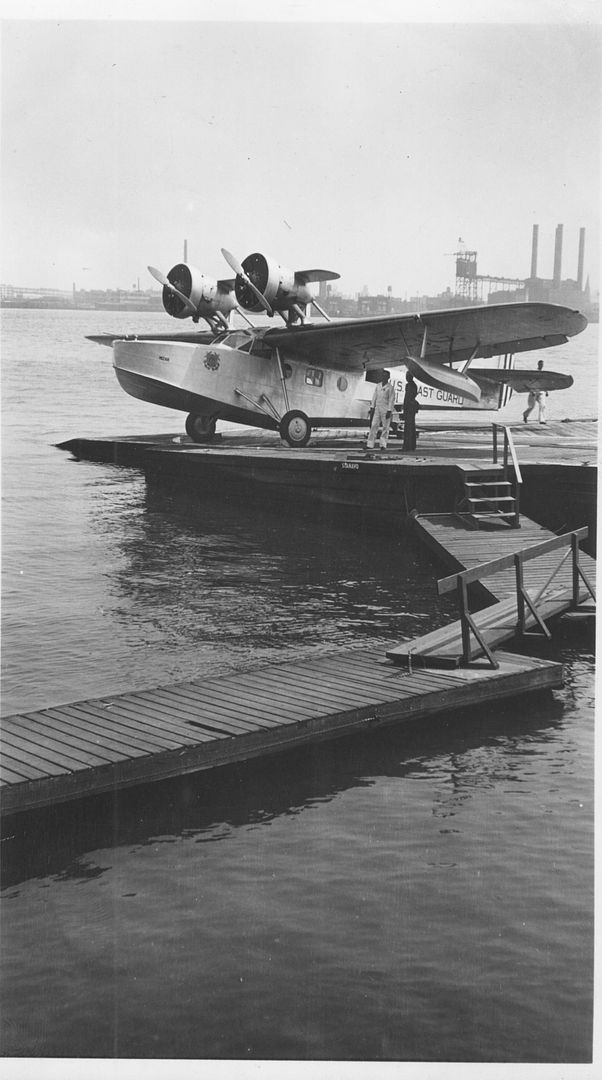
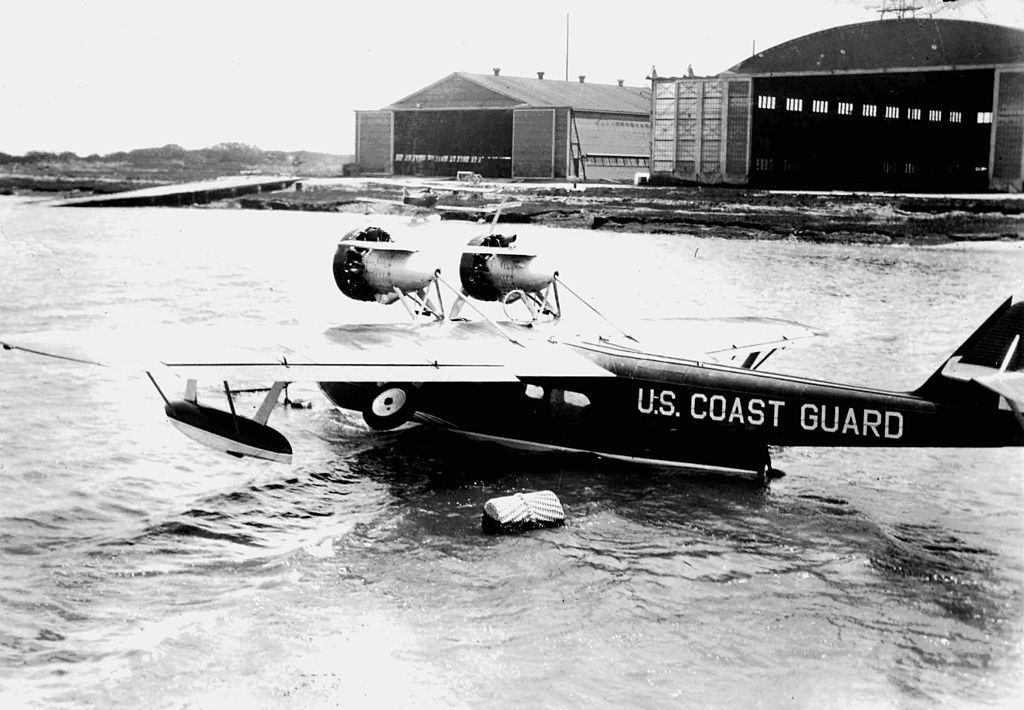
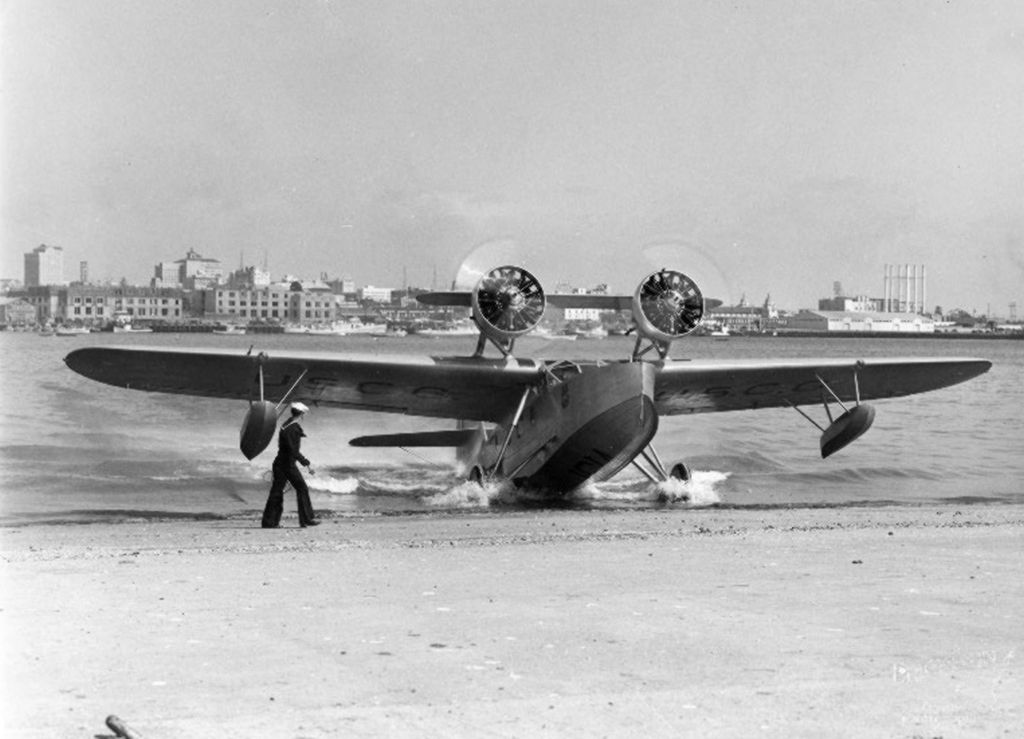
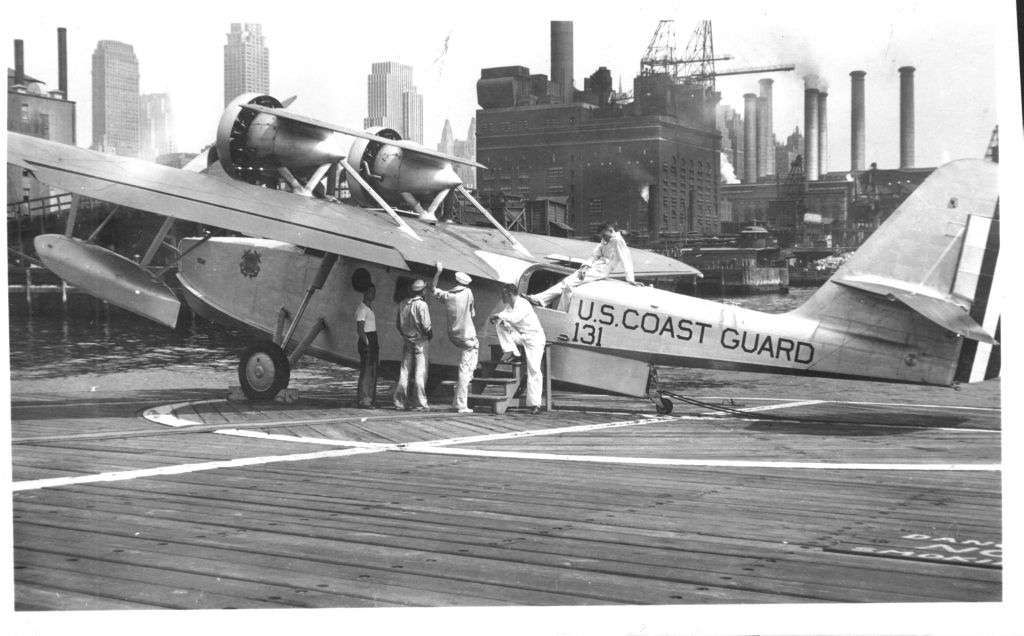

OA-3
C-21 aircraft redesignated.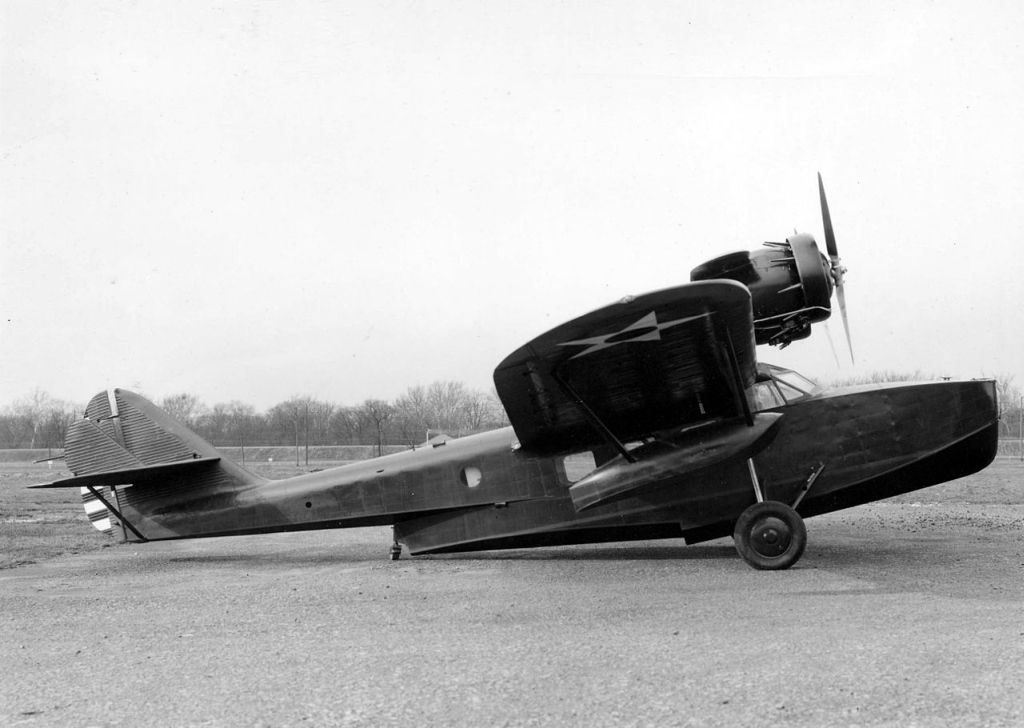
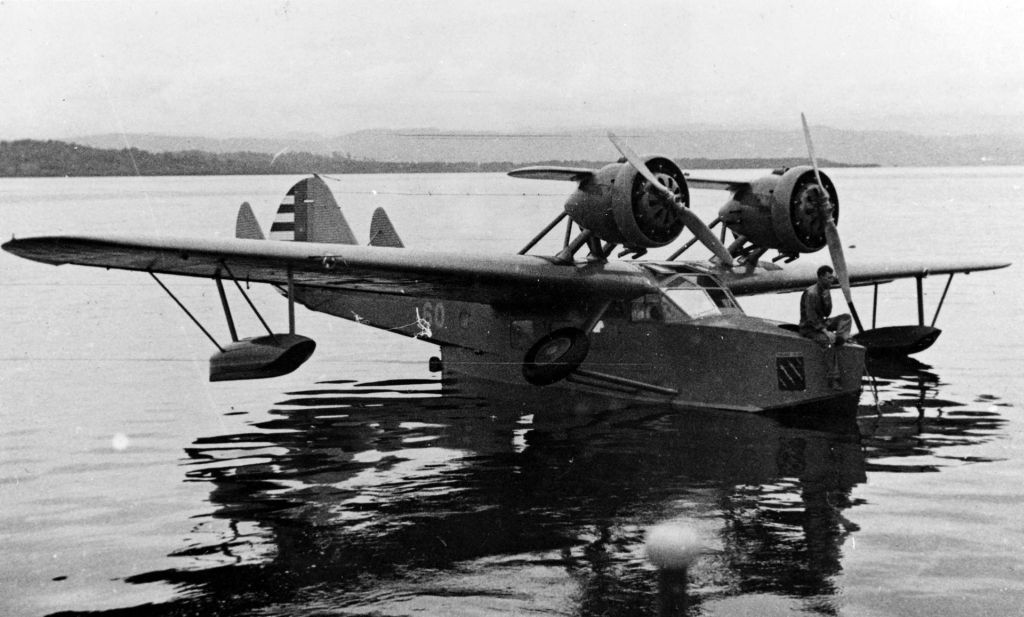
OA-4A
Y1C-26A aircraft redesignated.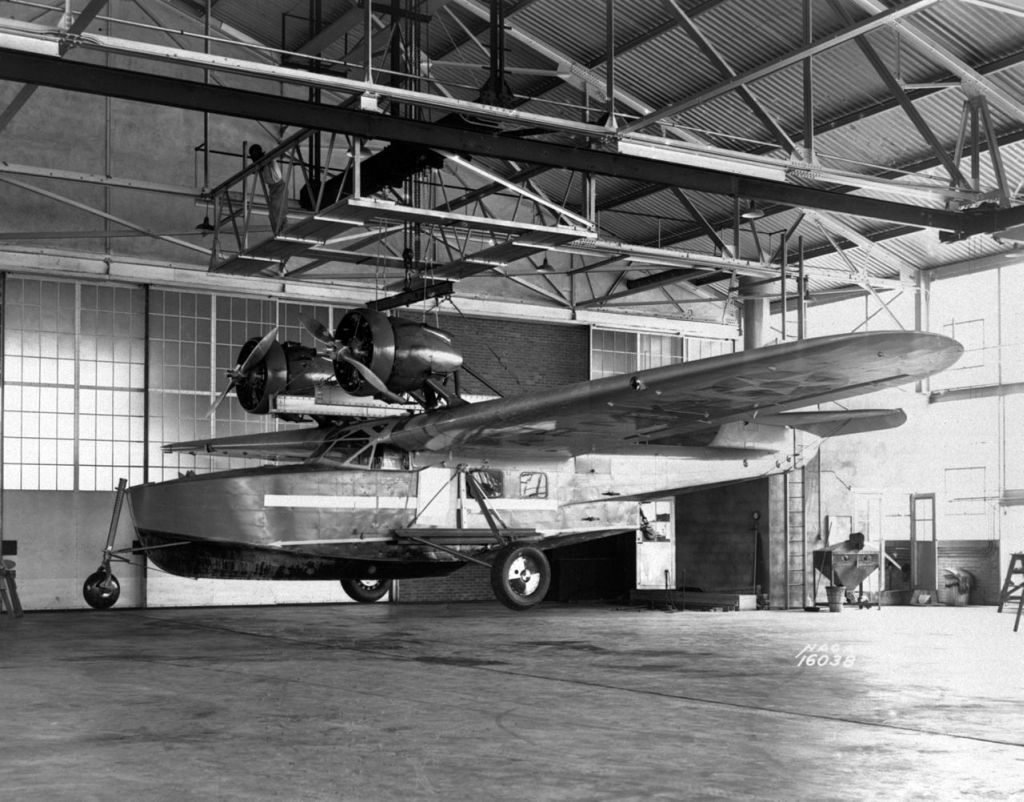
Y1C-21
Eight aircraft for the USAAS, similar to the Navy's RD-1, powered by 2x 350 hp (261 kW) Wright R-975-3 engines.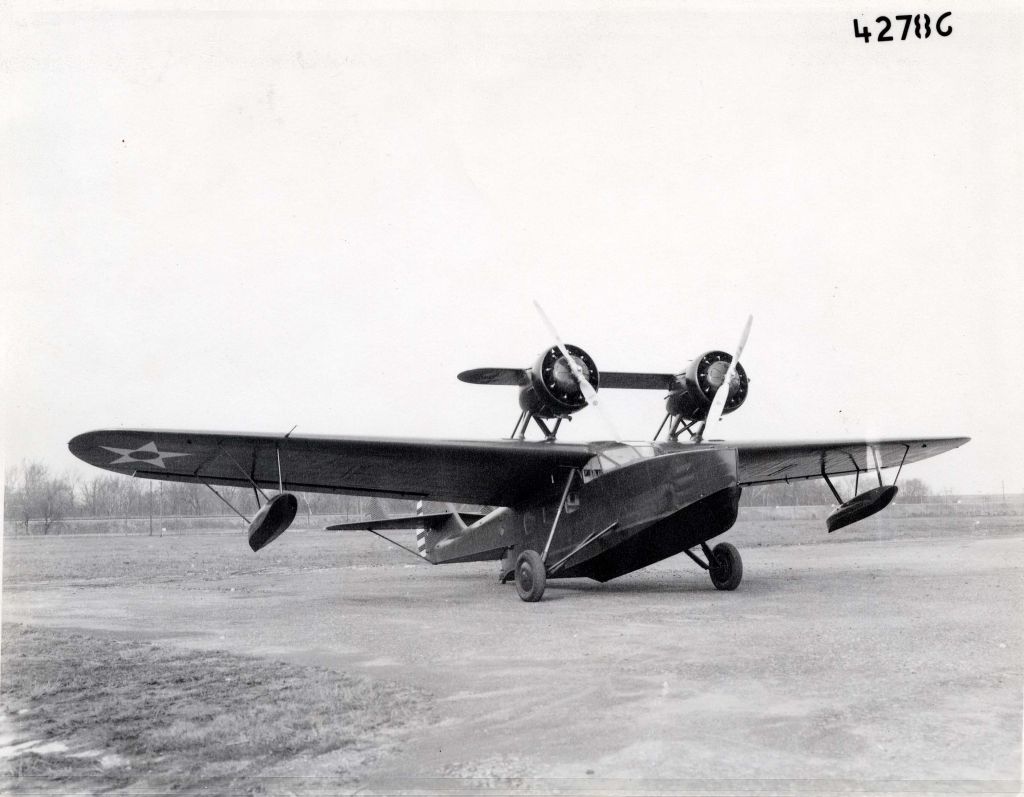
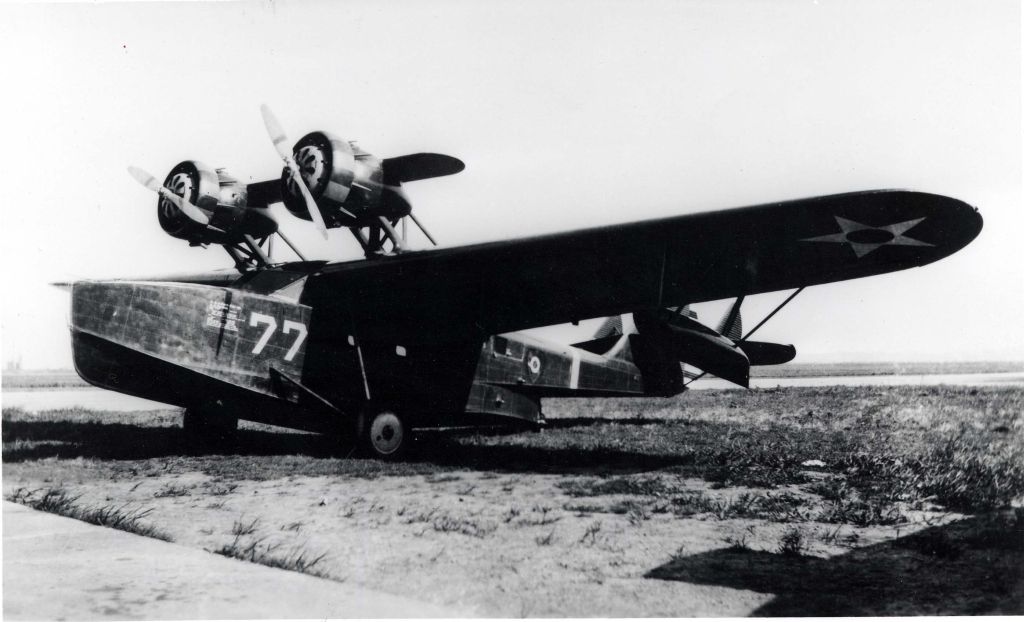
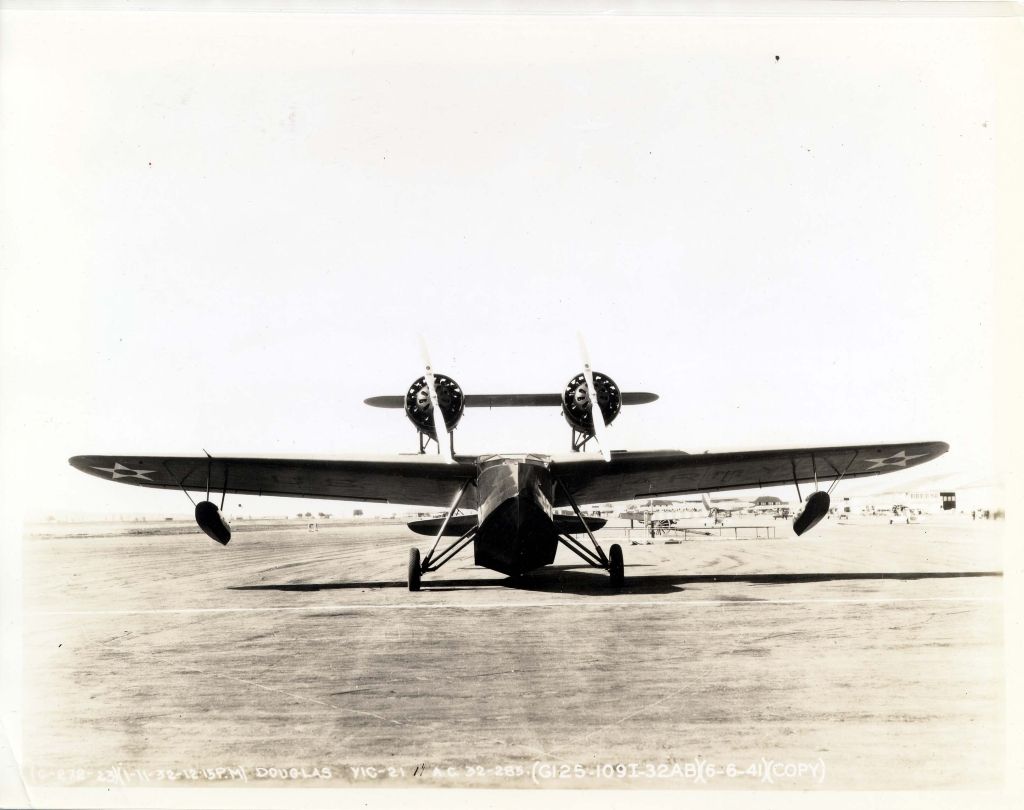
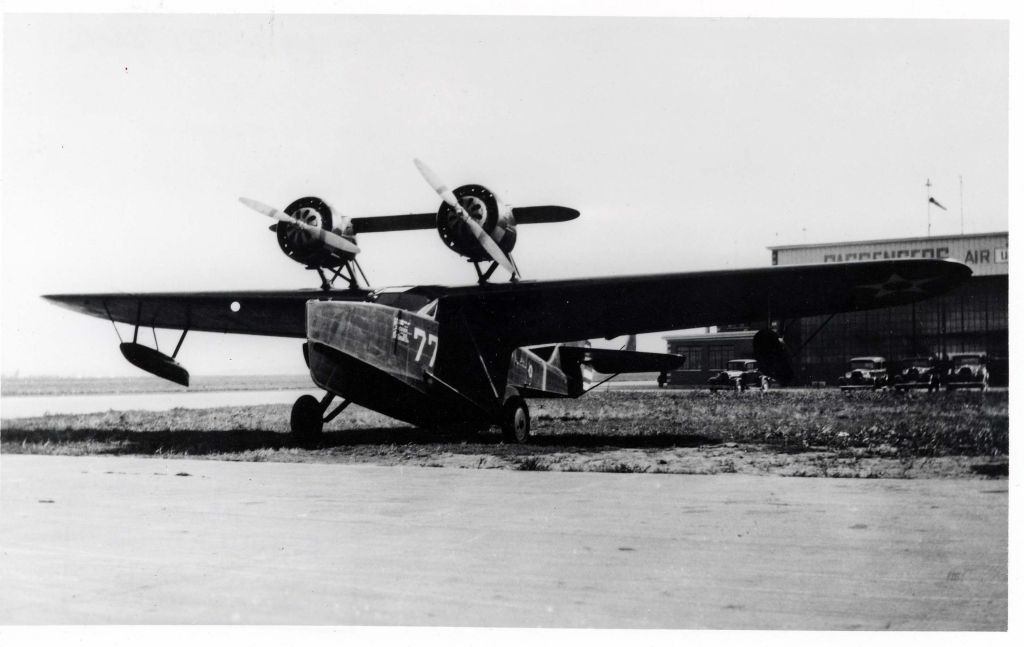
General characteristics
Crew: Two, pilot and co-pilot
Capacity: Six passengers
Length: 45 ft 3 in (13.79 m)
Wingspan: 60 ft (18 m)
Height: 15 ft 2 in (4.62 m)
Wing area: 6,370 sq ft (592 m2)
Empty weight: 6,764 lb (3,068 kg)
Gross weight: 9,734 lb (4,415 kg)
Fuel capacity: 240 US gal (908 l)
Powerplant: 2 ? Pratt & Whitney R-1340-4 Wasp 9-cyl. air-cooled radial piston engines, 450 hp (340 kW) each
or 2x 450 hp (336 kW) Pratt & Whitney R-1340-96 Wasp engines
Performance
Maximum speed: 149 mph (240 km/h; 129 kn) at sea level
Cruise speed: 105 mph (91 kn; 169 km/h)
Range: 692 mi (601 nmi; 1,114 km)
Service ceiling: 15,100 ft (4,602 m)
Rate of climb: 806.5 ft/min (4.097 m/s)
Time to altitude: 5,000 ft (1,524 m) in 6 minutes, 12 seconds
Wing loading: 16.4 lb/sq ft (80 kg/m2)
Power/mass: 0.093 hp/lb (0.204 kW/kg)
Post a reply
- Go to Previous topic
- Go to Next topic
- Go to Welcome
- Go to Introduce Yourself
- Go to General Discussion
- Go to Screenshots, Images and Videos
- Go to Off topic
- Go to Works in Progress
- Go to Skinning Tips / Tutorials
- Go to Skin Requests
- Go to IJAAF Library
- Go to Luftwaffe Library
- Go to RAF Library
- Go to USAAF / USN Library
- Go to Misc Library
- Go to The Ops Room
- Go to Made in Germany
- Go to Campaigns and Missions
- Go to Works in Progress
- Go to Juri's Air-Raid Shelter
- Go to Campaigns and Missions
- Go to Works in Progress
- Go to Skinpacks
- Go to External Projects Discussion
- Go to Books & Resources
